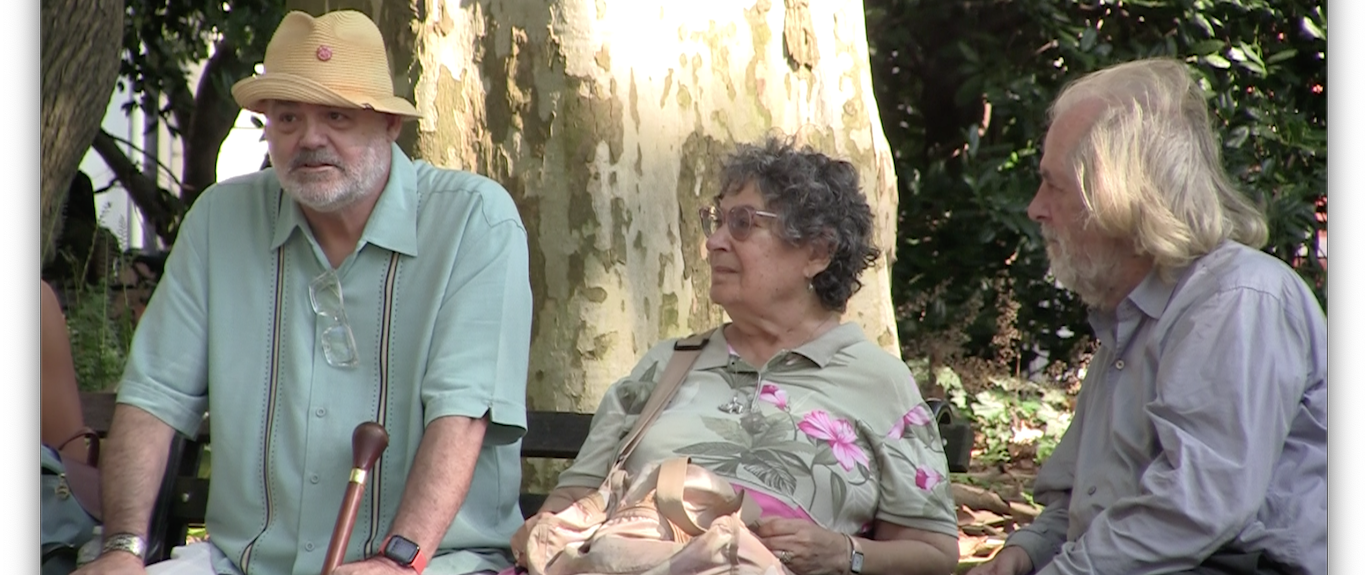Lifestyle & Culture
Weighing whether to grow old in New York
By Juan Colon
During the six months he spent recovering from back surgery in 2020, Ralph Steiber, 76, couldn’t walk up the five flights of stairs leading to the Lower East Side apartment he’s lived in since 1975.
“I couldn’t live here … ” Steiber said. “I had to rent out an apartment building with an elevator.”
Steiber moved to New York City in 1973 when many parts of the city looked different than how they do now: “You went beyond Avenue A, it was very much bombed out. Buildings were destroyed. They were burnt. There were no roofs, no facades.”
Back in 1975, he moved into that vacant, nine-story, walk-up building through what was New York City’s program for urban homesteaders. That allowed him and nine other occupants of their East 10th Street address to renovate the place and make it livable.
“The building was totally abandoned. There was no roof, no floorboards … You had to climb in from next door. You walked on a plank into the building,” said Steiber, a retired chef.
Instead of spending a night on the town as he did when he was younger, in recent years he and his wife have been inviting friends over for home-cooked meals.
Some day, he plans to move out of his current apartment, though he mourns that likelihood.
Steiber and his wife are among what the Center for an Urban Future concluded is an increasingly older population across New York State and New York City, where those older than 65, as a group, grew by 36% between 2011 and 2021. Growing older in New York brings its benefits and its challenges, some of them say.
For native Brooklynite Andrea Green, the Big Apple is the place to be. “Yeah,” said gray-haired Green, who wouldn’t give her age. “I wouldn’t want to have a primary residence anywhere else.”
Long ago, the Greens did consider moving. “We had three children, you know. We needed space for them,” said Kules Green, 80. “Housing was expensive. Schools were not great.”
The Greens stood on a corner of East 18th and Second Avenue, while talking about how the city they love has changed over the decades.
“As we’re older, it’s wonderful because they’ve improved both the East Side and East Side along the water. I see now they’re doing free things in parks,” Andrea Green said. “We do have a car but we don’t really have to use it in the city. I walk everywhere, and then, there’s trains and buses.”
Sam Hudson, 78, walks the streets of his Manhattan neighborhood around 3 a.m. or 4 a.m. several mornings each week. He likes that the streets are uncrowded at that time. “Recently, they started locking up the park,” Hudson said, referring to Tompkins Square Park, “but I still walk the perimeters.”
He’s lived on the Lower East Side since 1981 but is ready to leave, preferably to a place with more peace and quiet.
“I’ve had it. I’m just worn out,” Hudson said. “I mean, I’ve got some personal issues, health issues. And New York is draining.”



